How do 1099 taxes work for Doordash delivery drivers?
Because Dashers are self-employed independent contractors, Doordash taxes are small business taxes. That’s both good news and bad news.
It’s good news because you can write off expenses more easily than if you were an employee. It’s bad news because you’re on your own, meaning you can get in over your head if you’re not prepared.
However, Doordash taxes don’t have to be this big mystery. Some basic concepts will help you get a good feel for how they work. We’ve identified nine essential things you need to understand about how to do taxes for Doordash.
- We are taxed as small business owners
- We are on our own for our taxes.
- Doordash taxes are based on profits
- Taxable Doordash income can be reduced by claiming business expenses
- Tracking and claiming car expenses is the best way to slash your tax bill
- Schedule C is the form where it all happens
- We also have to file and pay self-employment tax (our version of FICA)
- Independent Contractor profits added to other income determine personal taxable income
- Total taxes (income + self-employment) minus payments and credits determine if you pay in or get a refund.
Finally, we’ll talk about the three most important things you can do to prepare for tax season.

About this article.
There are some important things we need to talk about before we get into these nine important Doordash tax concepts
- This is a guide put together for Dashers by a Dasher. I’ve been a delivery driver for Doordash and other gig economy delivery companies for several years.
- This article is an overview of the important tax concepts you need to know as a Dasher. There is so much more that can be said about each of these concepts. Therefore, we’ve got many other articles that go into more detail about each topic. We’ll link to those, and at the end, you’ll find a list of other articles in the series.
- This is not tax advice. The purpose of this article is to educate you on how taxes work, not to give you advice for your personal situation. If you need advice related to your individual tax situation, you should seek out a tax professional who can answer your specific questions and give you the individual guidance you need.
- This is about U.S. taxes. Some nations may do things similarly but also may be very different. It also focuses on Federal taxes, as local and state taxes also vary. Speak to your tax professional to understand how taxes work in your area.
Related: If you’re a more visual person, we outlined this article in our web story on Doordash taxes.
1. We are taxed as small business owners
You may not be aware that you’re running a business. When you started Dashing, you probably weren’t thinking of how to become a business owner. There’s a good chance you don’t think of yourself as one now.
You became a business owner the moment you signed that independent contractor agreement. As a Dasher, you provide services as a business, not as an employee. This is actually a business-to-business relationship.
That means you’re self-employed and will pay taxes as a sole proprietor (unless you’ve created a formal business entity like an LLC). Your business profits are considered personal income, thus taxes for your business are paid on your personal tax return. This is known as pass-through taxation.
2. We are on our own for your taxes.
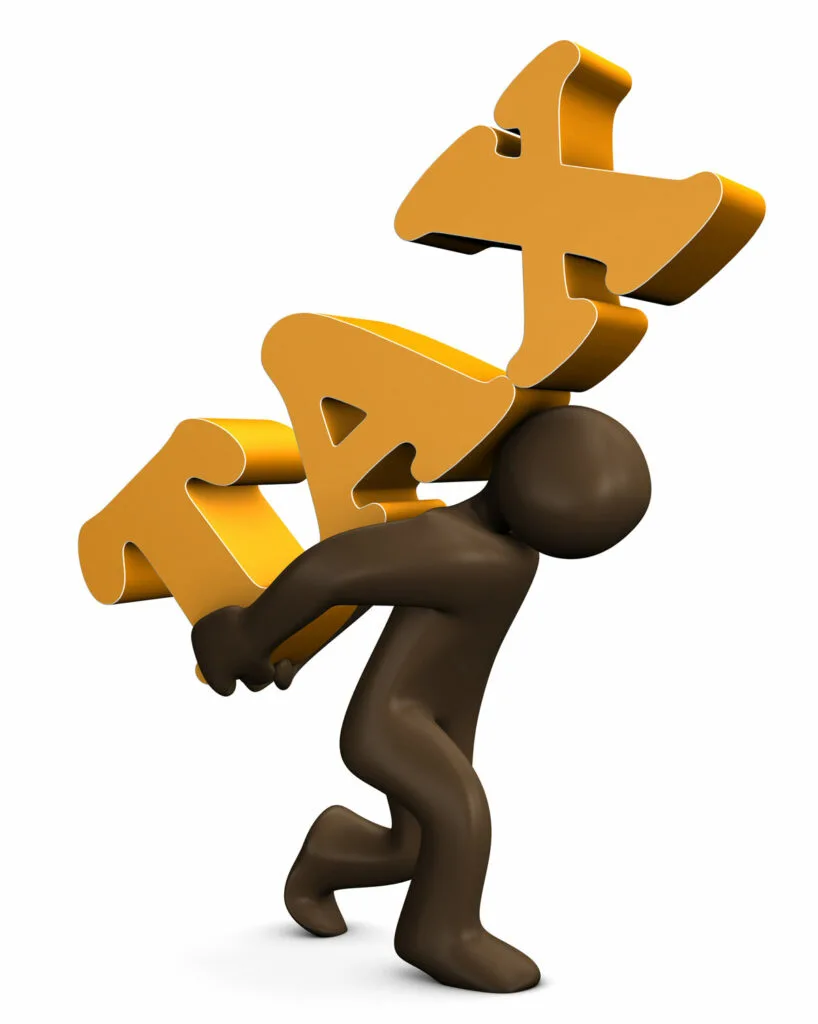
Because we’re not employees, Doordash does not take out taxes from pay. As this is a business-to-business relationship, Doordash is your customer. What you get from Doordash is payment for your services.
Think about it this way: You don’t withhold social security or income taxes for your mechanic or painter.
As a business owner, it’s entirely up to you to set aside money to cover your tax bill. This is very different from the employee experience, where you often don’t have to think about it. Failure to do so could leave you in a bind on April 15 if you owe a large tax bill but have no money to pay it.
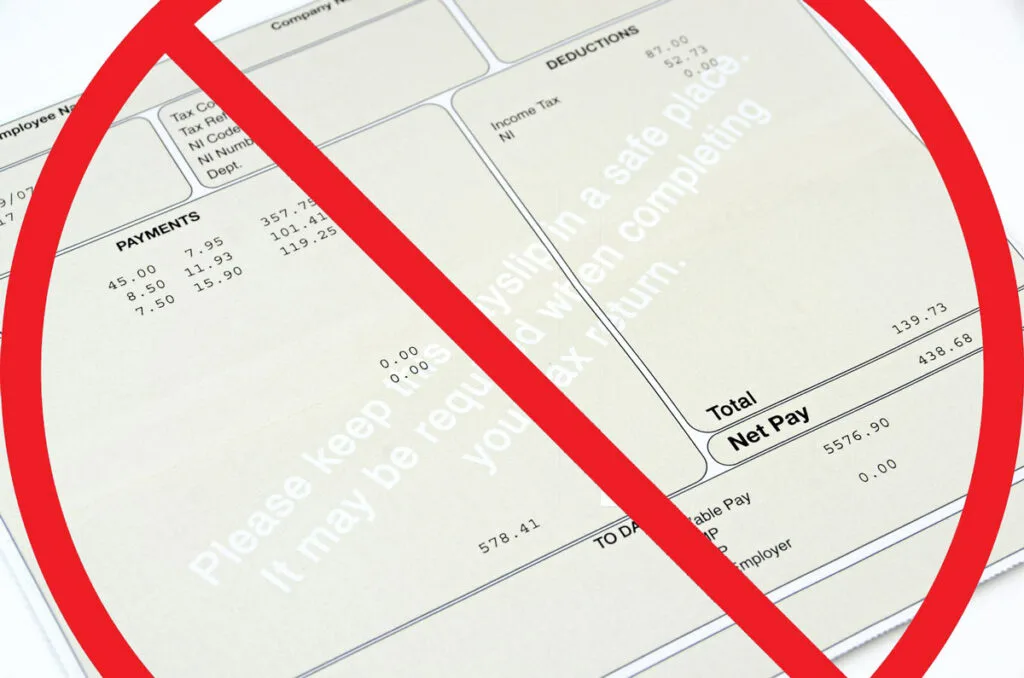
3. Doordash taxes are based on profits
Your taxable income as a Dasher is not the amount of money you received for deliveries. Instead, it’s your profit: what’s left over after expenses.
This is the big difference between being taxed as a business and as an employee. An employee’s taxable income is simply the wages reported on their W-2. When you’re self-employed, there’s more to it.
The money you make from Doordash and the tips from customers are your business’s income. That’s different from personal income. It’s known as gross earnings. While it’s reported on your Doordash 1099-NEC form at the end of the year, it’s NOT the same as personal income.
As a business owner, you subtract the cost of doing business from your gross income to get your profit. It is your profit that will be added to your income tax form as personal income.
Your business operates at a loss when expenses are higher than income. If you brought in more than your business expenses, only the difference (profit) is taxable business income.

4. We reduce taxable Doordash income by claiming business expenses
Because we file as a business, things are very different when it comes to claiming expenses.
A common mistake is to think you can’t claim expenses unless you itemize your personal deductions. Too many Doordash drivers pay too much in taxes because of this.
However, business deductions go on a different part of the tax return. The important thing here is that you can claim Doordash business expenses regardless of which personal tax deduction method you choose.
The cost of driving is a huge write-off. We’ll talk more about that in the next point. We go into more detail by taking a category by category look at common Doordash tax deductions.
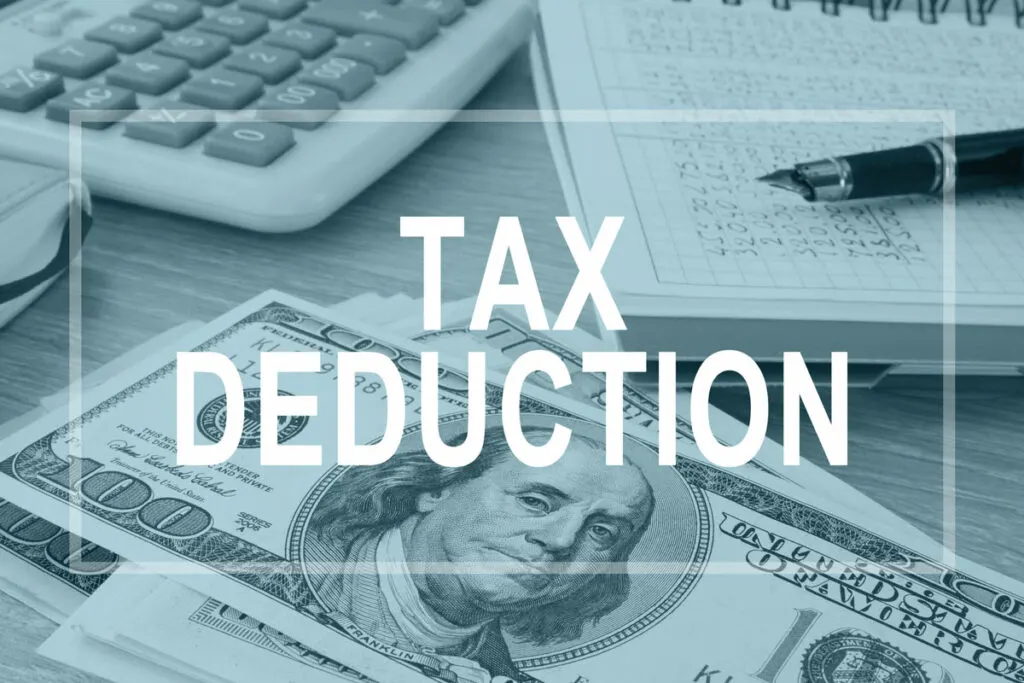
So what exactly qualifies as a legitimate business deduction? Here’s what the IRS says:
To be deductible, a business expense must be both ordinary and necessary. An ordinary expense is one that is common and accepted in your industry. A necessary expense is one that is helpful and appropriate for your trade or business. An expense does not have to be indispensable to be considered necessary.
Internal Revenue Service Publication 535: Business Expenses
The bottom line is if you need it for your business AND it’s ordinary for a Doordash driver, it’s a legitimate tax-deductible business expense.
5. Tracking and claiming car expenses is the best way to slash your tax bill
Doordash drivers can put a lot of miles on while dashing. The cost of doing so can be higher than you realize. All those additional miles create wear and tear, greater maintenance and repair costs, and lower vehicle value (depreciation).
Because driving IS such a significant expense, your Doordash mileage deduction (or claiming the actual cost) can make a huge difference.
The IRS lets you choose from claiming the standard mileage deduction or the actual expenses of driving. You can claim the business use percentage of the actual cost of driving for Doordash or a flat rate per mile.
For the 2024 tax year (which you file in 2025), the standard mileage allowance is 67 cents per mile.
While 67 cents may not seem like much, 20,000 miles adds up to a $13,400 tax deduction.
To claim those expenses, you must track the miles you drove. You can do this with a GPS tracking app like Hurdlr or keep a written log. You can read more about tracking miles for Doordash, where we go into detail about what miles you can track, how to track miles, and what to do if you forgot to track.
6. Schedule C is the form where it all happens
The most vital tax form for gig workers is “Schedule C: Profit or Loss From Business.” Your Doordash Schedule C is where your tax write-offs for business expenses happen. You do NOT claim Doordash expenses on your itemized personal deductions.
Here’s how it works: Schedule C has an income and an expense section. On the income part, add up your Doordash 1099 and total earnings from other food delivery companies such as Grubhub, Instacart, Uber Eats, etc.
The expense section lists several expense categories. For each category, enter the total spent on those expenses. There’s also a place for vehicle expenses (whether using standard mileage method or the actual expense method).
Next, subtract expenses from income to get taxable profits for your business. This taxable profit is used to determine self-employment tax and is added to other income for income tax purposes.
Schedule C is like our version of a W-2 form. Profit on this form, and not your form 1099-NEC+, is what is added as income on your Federal tax return.
7. We also have to file and pay self-employment tax (our version of FICA)
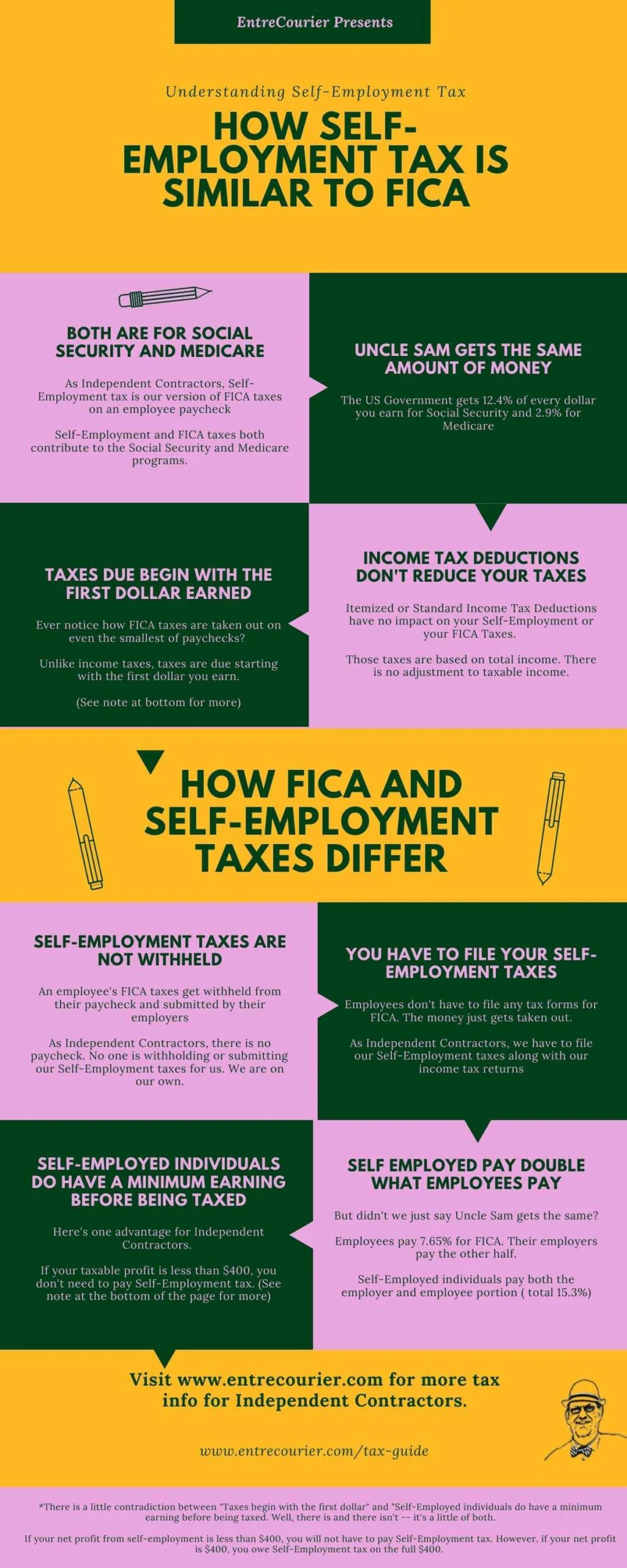
This is the part of Doordash taxes that can really throw people off.
Your Doordash Self-Employment tax is not an extra tax for self-employed individual. It’s just our version of employment taxes (Social Security and Medicare taxes, often called FICA taxes).
Schedule C profits are moved to form Schedule SE, where self-employment taxes are calculated at 15.3%
Employees don’t often think about these because they don’t have to file anything. The money is just taken out of their paycheck and sent it.
However, being on our own for our taxes, we have to take care of our own Medicare and Social Security taxes.
FICA taxes are charged on every dollar of income. They’re not reduced by filing status or tax deductions. In the same way, self-employment tax is assessed on every dollar of profit. For this reason, this is the one tax item that can get a lot of drivers in trouble.
It seems unfair that independent contractors pay 15.3% for Social Security and Medicare, while only 7.65% is taken out of an employee’s paycheck. However, Uncle Sam isn’t geting more money. That’s because an employer has to match the employee’s withholding. When we’re self-employed, we get the honor of paying both the employer and employee share of those taxes.
8. Add your Independent Contractor profits to other income to determine your income tax bill.

Your Doordash profits impact your income tax bill much differently than they do self-employment taxes. Self-employment tax is a pretty straight forward 15.3% of every dollar. With income tax, your tax rate varies dramatically depending on income, personal deductions and several other factors.
When it comes to figuring out income tax, you add your profits to other income, including W2 wages, interest, investment, retirement, and other income. Then you throw in all sorts of other factors such as tax credits, itemized or standard deductions, filing status, dependents, and many others.
When it’s all said and done, total income minus adjustments and deductions equal taxable income. Income tax is a percentage of that total taxable income, and the percentage varies depending on your income level.
This is why it’s impossible to answer the question, “how much will I have to pay in taxes because of Doordash?” Many other factors include additional income and qualified personal tax deductions. We do have a Doordash tax calculator to help get a ballpark idea of how much your earnings impact your tax bill.
Remember that your income tax bill isn’t the same as whether you pay in or get a refund. Income tax is the amount due to the government but is the part before credits and payments are applied.
We go into more detail here about Doordash and income tax, where we talk a little more about how tax brackets work and how your Dashing income affects your income tax bill.
9. Income plus self-employment tax, minus payments and credits, determine if you get a refund.
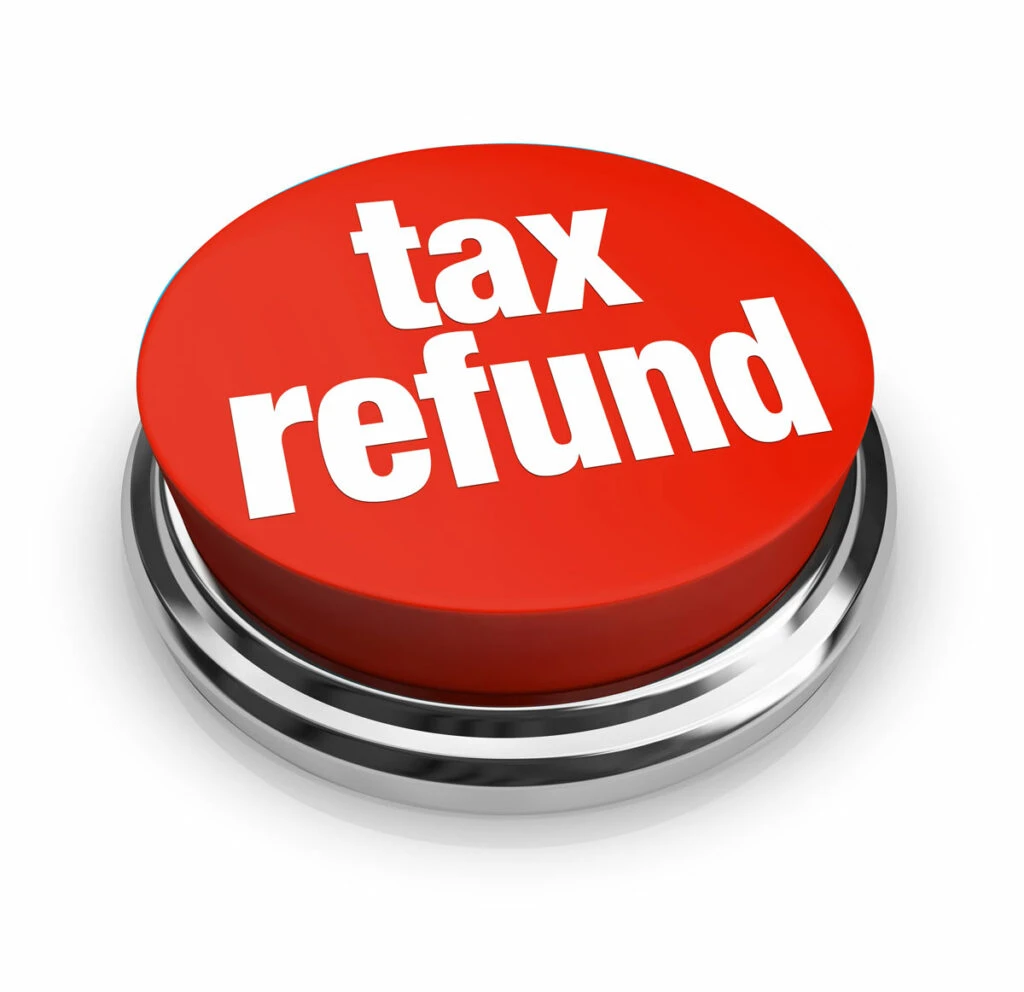
Here’s where we find out whether you have to pay in or if you get a refund.
Once your income and self-employment tax amounts have been determined, add the two together. This is your total tax bill.
Now you have to figure out how much has already been paid in. Several types of payments can be applied to your tax bill.
- Federal income tax withholding that was taken out of paychecks
- Estimated payments you sent in for the calendar year.
- Refundable and non-refundable tax credits.
The government sees tax credits as a payment against your tax bill. That’s very different from tax deductions in that deductions only reduce your taxable income.
Non-refundable credits can only be applied to your income tax bill, not your self-employment tax bill. You cannot get a refund if non-refundable tax credits exceed your income tax bill.
Refundable credits include Earned Income Credit, a portion of the Child Tax Credits, and a few others. These are like cash payments; if the credits are more than your tax bill, you get a refund.
It boils down to this: If your payments and credits are more than your tax bill, you get a refund. You have to pay in if they’re less than the total tax bill.
The three best ways to prepare for taxes using this knowledge.
Obviously, we didn’t get into all the details about each topic. That’s why we created an entire series of articles.
I’m also not trying to tell you all about the larger topic of income taxes. Instead, I want to explain as much as possible about taxes related to being an independent contractor.
But I do hope that this has taken away a lot of the mystery about how taxes work. I feel like understanding the basics makes it easier to dive into more detail in other articles.
With all of this in mind, I think these are the three most important things you can do to prepare yourself for when tax season rolls around:
- Know when you need help
- Track your miles and expenses
- Set aside money for tax time
1. Know when you need help.

If you feel overwhelmed by all of this, you should absolutely get a tax pro to help you out. If you don’t understand what to look for or what things you can write off, two things could happen:
- You claim things you can’t claim, setting you up for a possible audit
- You don’t claim things you’re allowed to, costing you a significantly larger tax bill.
2. Track your expenses and your business mileage
With taxes based on profits, every recorded expense reduces your taxable income.
If you’re in the 12% tax bracket, every $100 in expenses reduces your tax bill by $27.30 ($12 income tax plus $15.30 self-employment tax). $10,000 in tracked expenses reduces taxes by $2,730.
If you drive your car for your deliveries, every mile is a 65.5 cent reduction of taxable income (2023).
Tracking those miles and expenses now will make things much easier for you when filing your tax return.
3. Save for tax time
The Dasher app isn’t holding taxes out for you. That means it’s entirely up to you to take care of your tax savings.
How much do you save? There are a couple of ways you can figure it out.
Hurdlr has a tax calculator function that considers your filing status and other income. They look at your income, business expenses, and miles and use that to estimate what you should set aside.
I use a more straightforward approach. Each week, I deduct the standard mileage rate from my earnings. Then I save a fourth (25%) of the difference.
You may be more comfortable taking out a more significant percentage or might feel safe with less. Find a formula that works for you and save. We go into more detail about how much should I set aside for taxes for Doordash.
Put that money where you won’t touch it. Stick it in a different bank account if you have to. Every quarter, send what you saved to the IRS. This is your way of doing your own tax withholding. You can read more about Doordash quarterly taxes where we explain how to make those payments.
If you do all this, you’ll avoid an absolute panic when it’s time to file your taxes.



